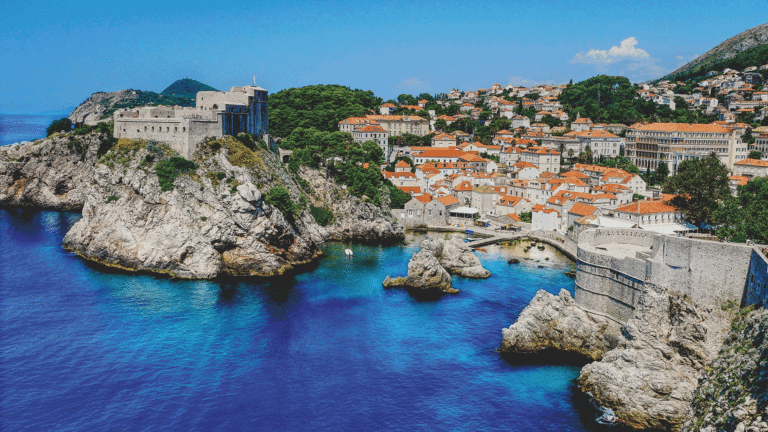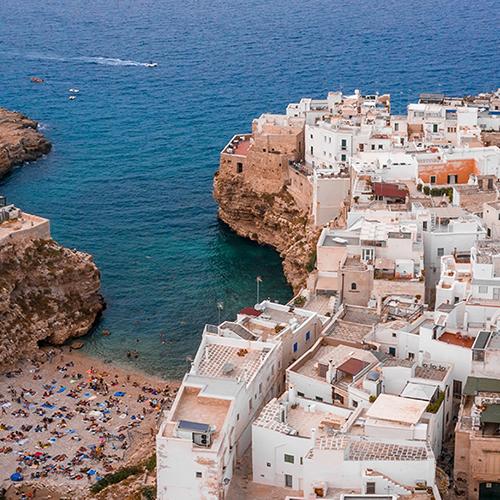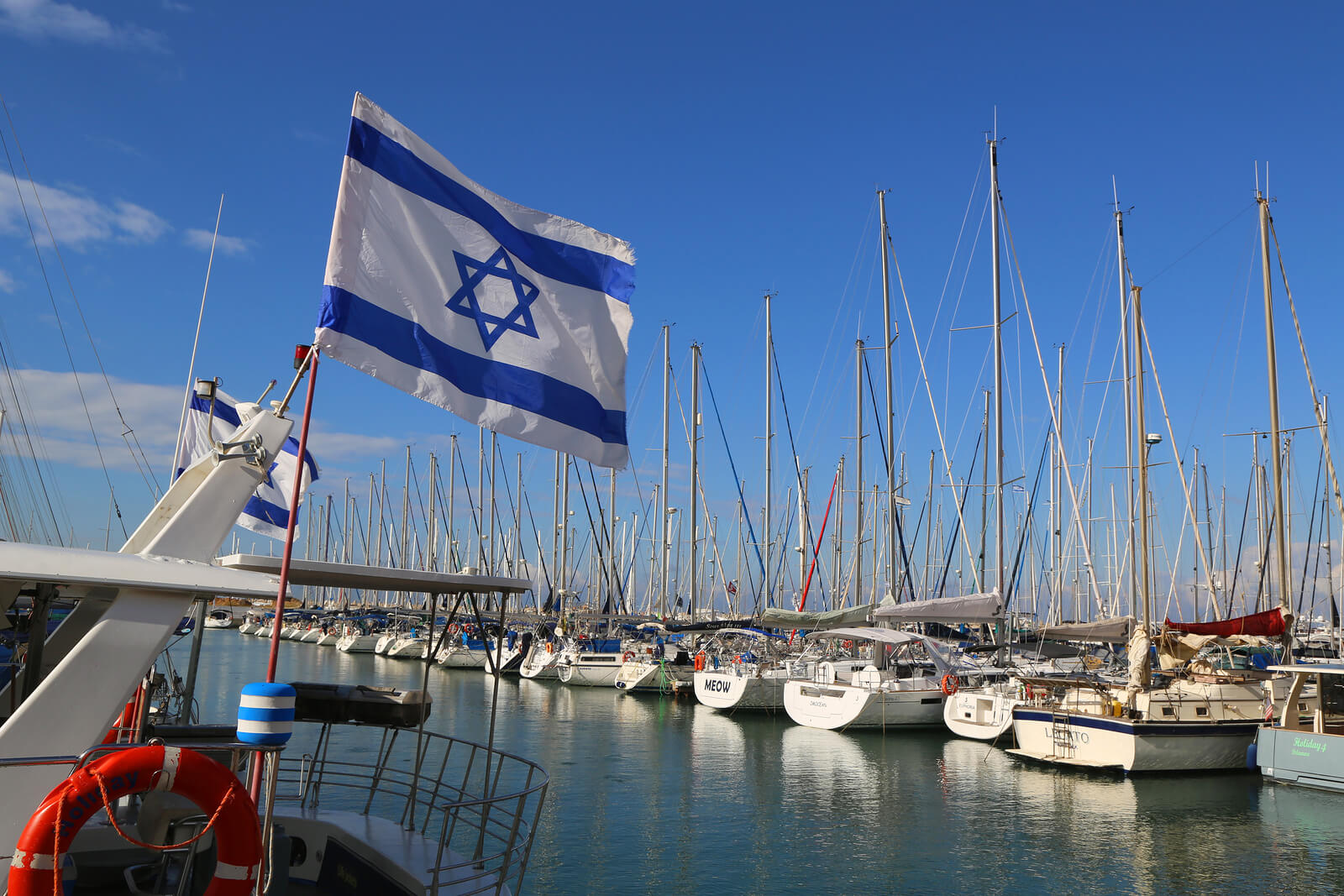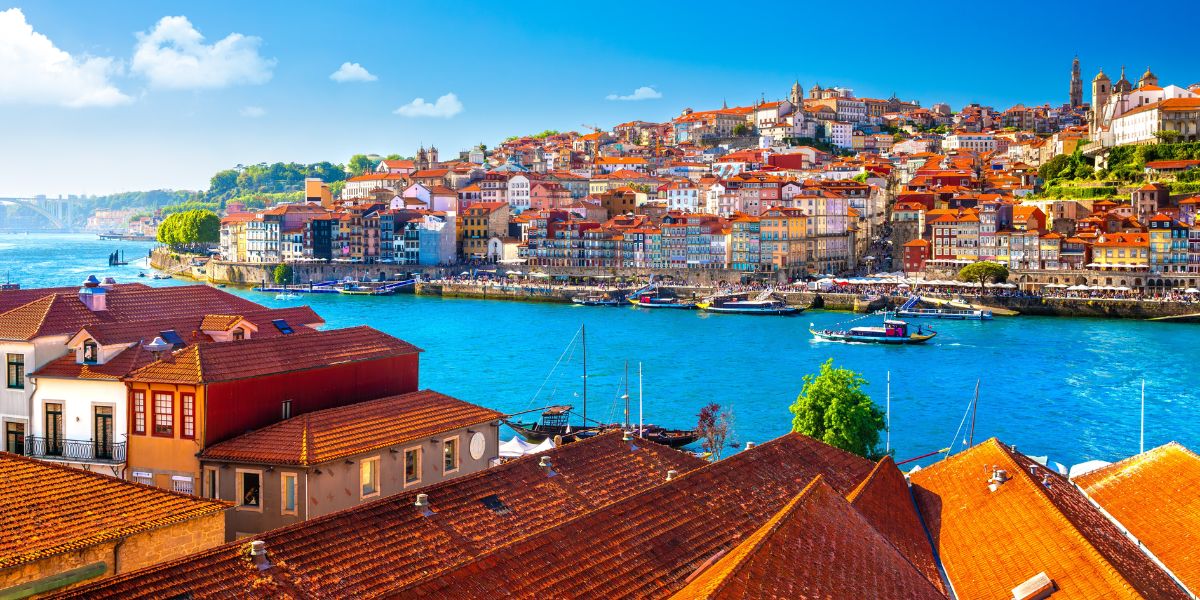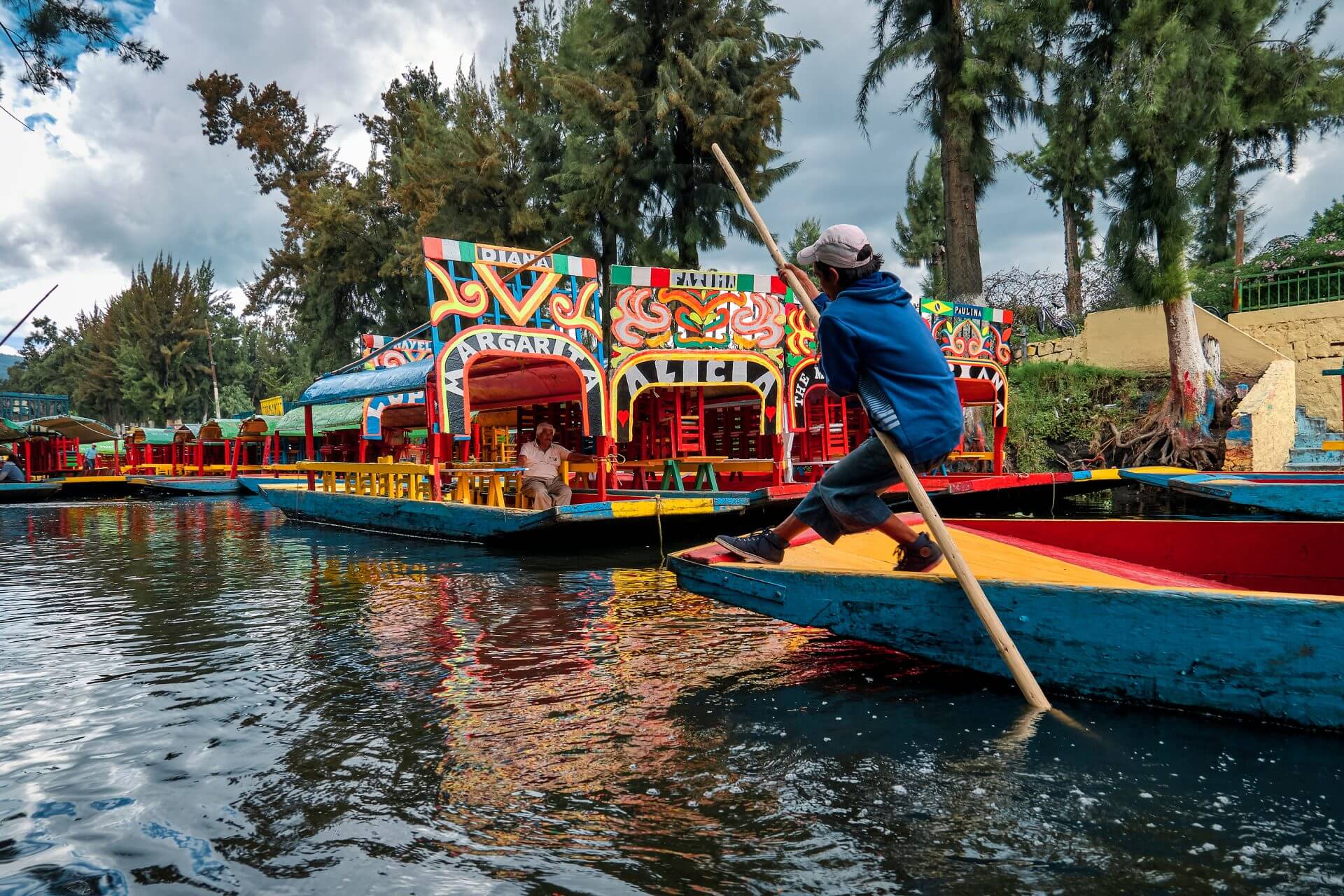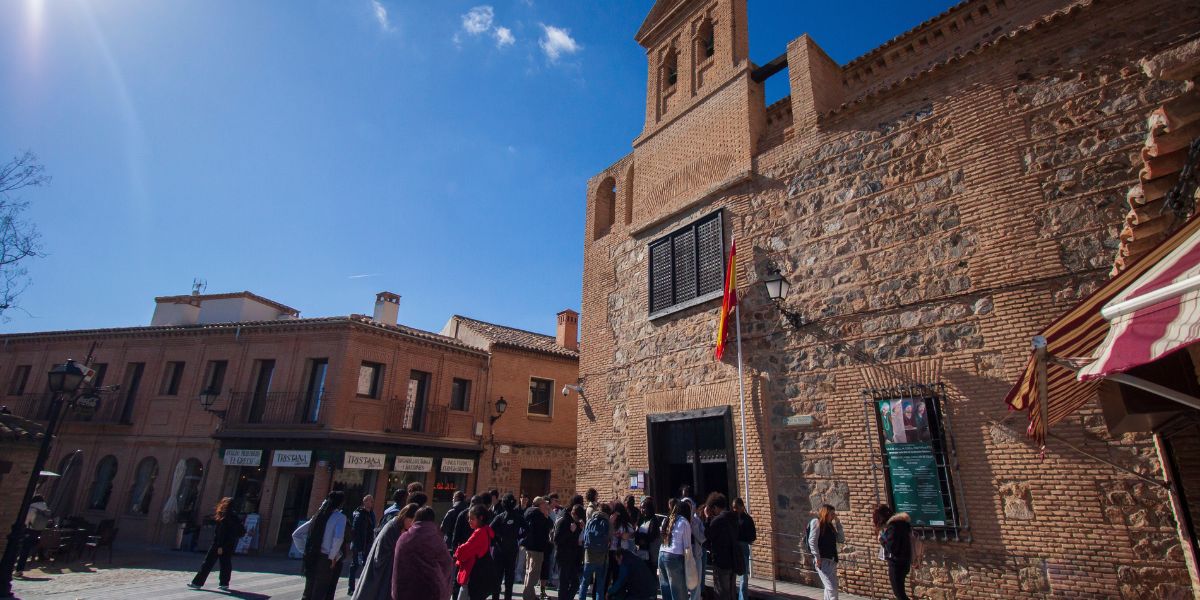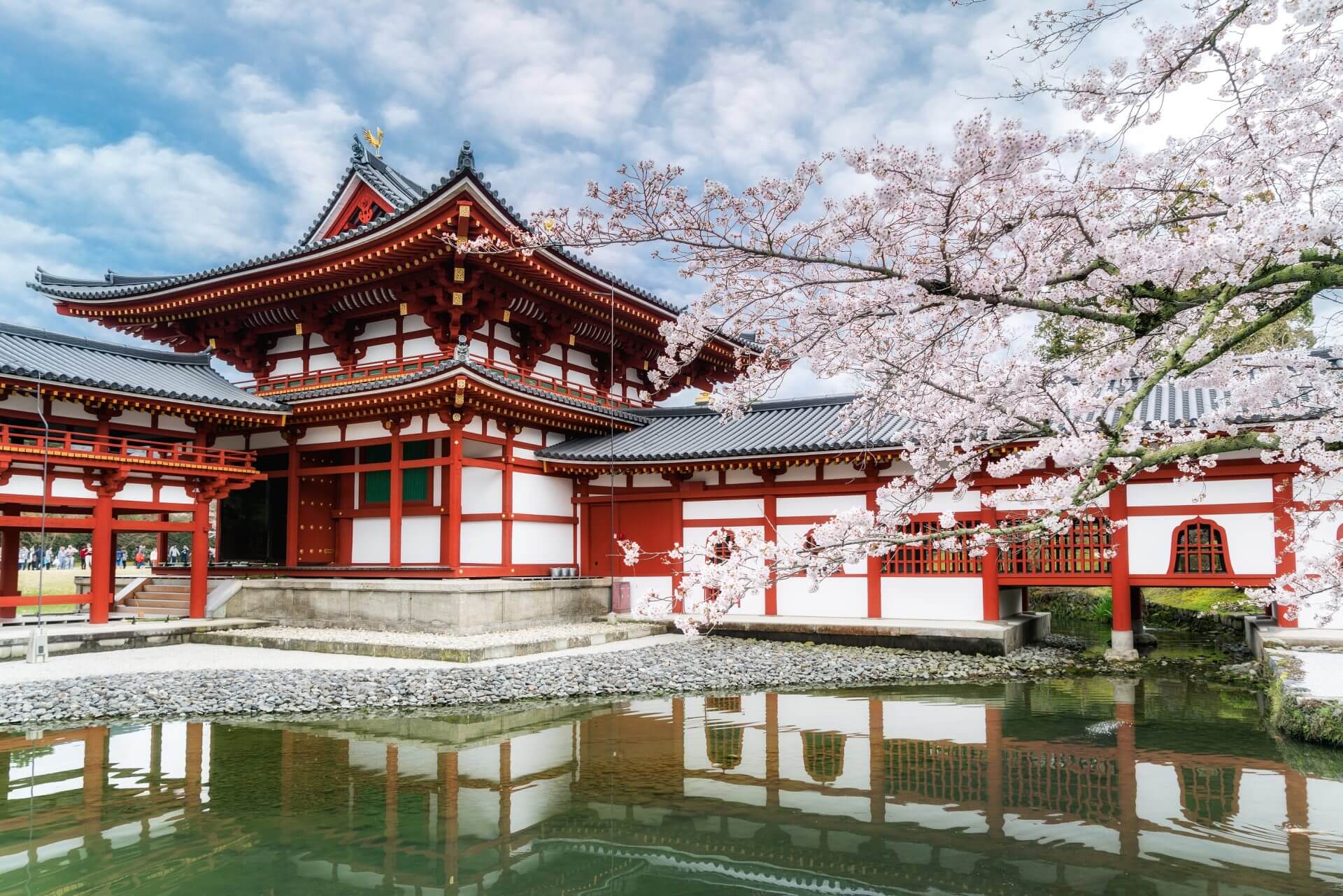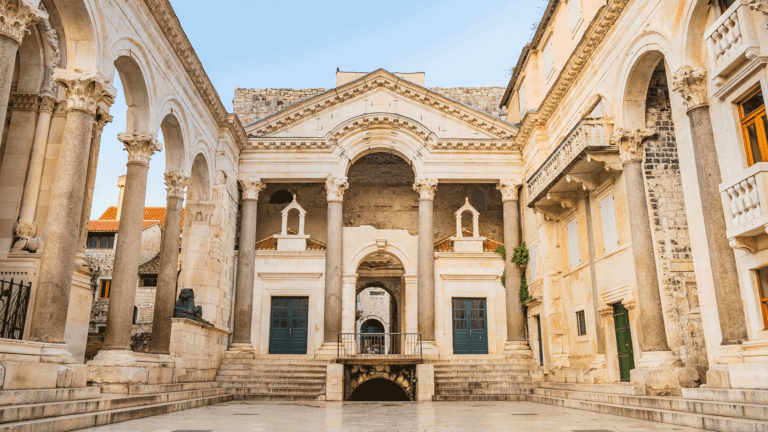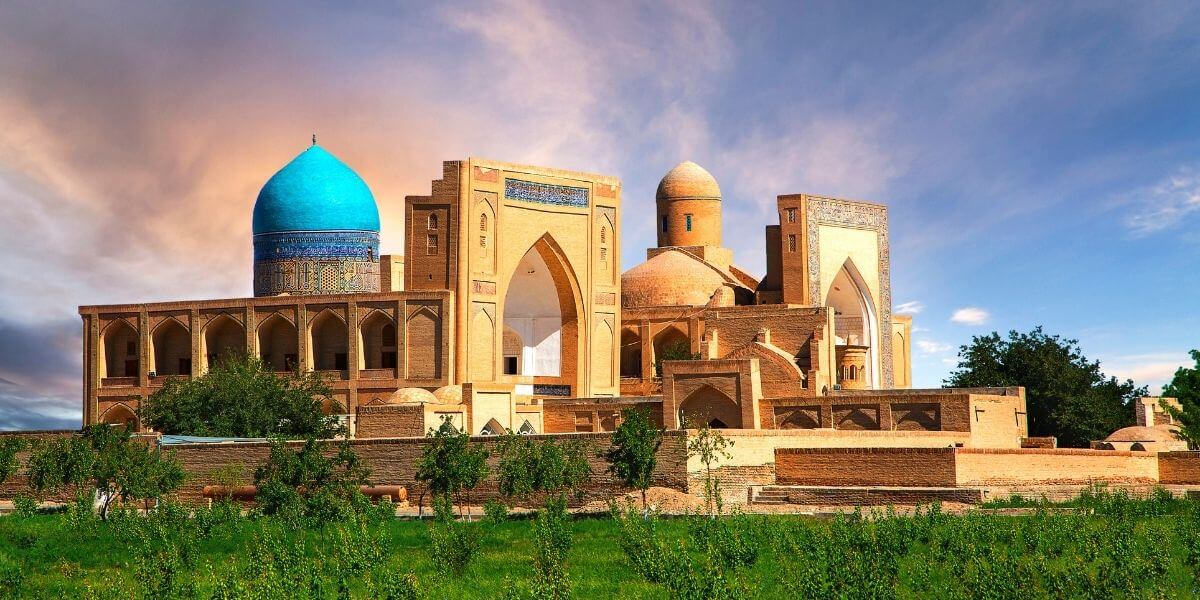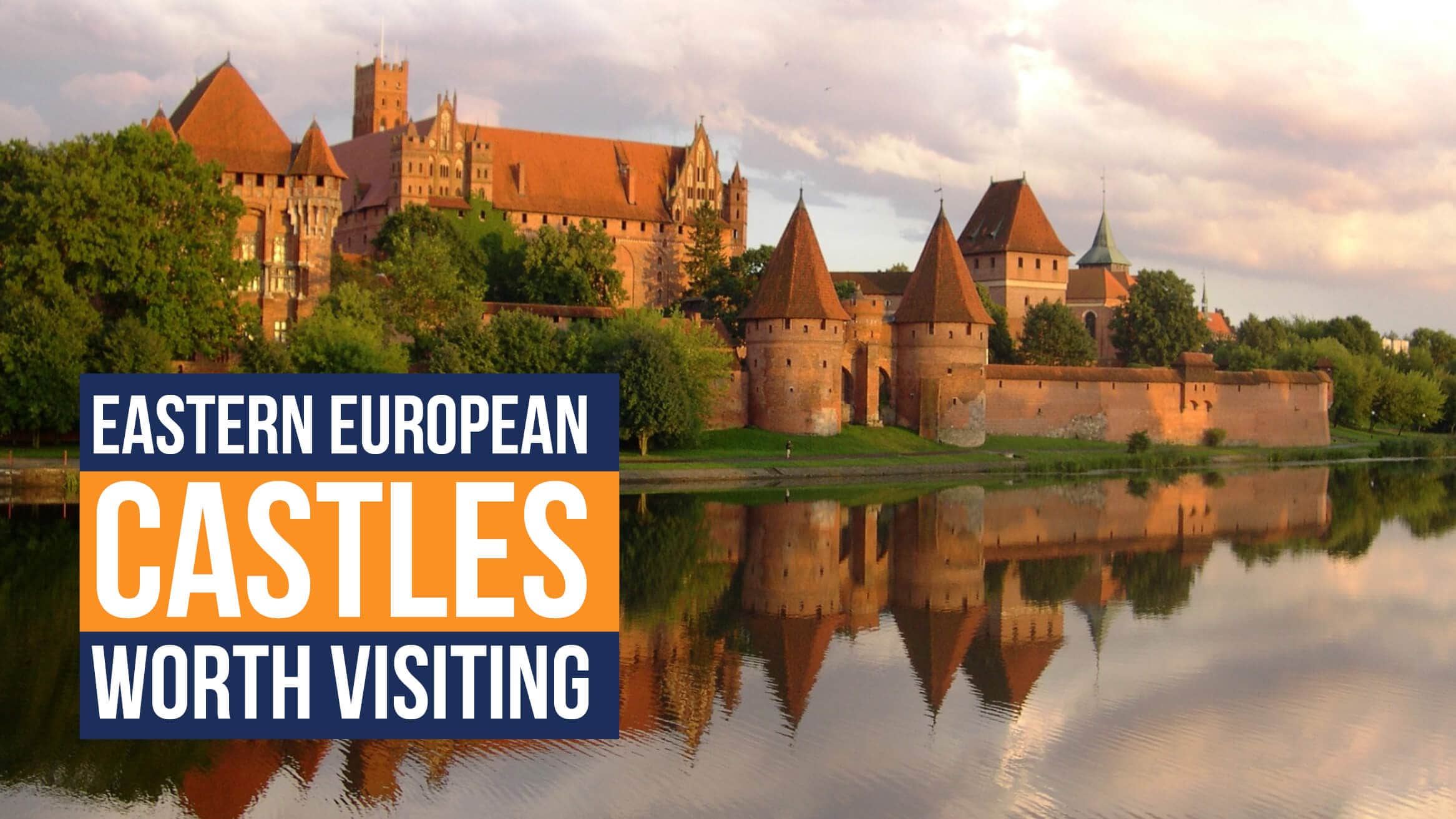
With many of its countries joining the EU, and budget airlines being on the rise, visiting Eastern Europe is now easier than ever. In addition, a number of fantastic tours to Eastern Europe are available nowadays. A major highlight of one such tour is the castles in Eastern Europe! Some stand proudly in the city centers, others rest in the countryside. Some became ruins, and others museums, or are still privately owned. Still, these castles are at the center of their countries’ histories.
If you’re planning a private Jewish heritage tour to Berlin or Vienna (or any other European cities) we can customize your itinerary to include a personalized European castles tour. We can recommend the best kosher hotels and arrange luxury transport for day trips or overnight visits to castles. We can also provide English speaking guides (experts on castles in Eastern Europe) to show you around these amazing historical sites.
Castles were usually built at strategic locations – either to defend the seat of power in cities – or to control mountain passes, river crossings or similar locations. European castles tours will often include some breathtaking scenery like Transylvania’s mountain forests, or Ukraine’s Kamyanets-Podilsky castle, built on a stark mountain outcrop. Maybe not all the family will be thrilled by ancient castles, but they’ll love the views!
Here are just a few of the many castles in Eastern Europe worth your visit.
Malbork Castle, Poland
The Castle of the Teutonic Order in Malbork is a wonderful example of a medieval fortress. Completed in 1406, in Prussia, it is the largest brick castle. It was originally built by the Teutonic Knights, a German Roman Catholic religious order of crusaders, who named it Marienburg (Mary’s Castle). Heavily damaged during WWII, Malbork was renovated in the 20th century and again in 2016. Today, it’s home to the Malbork Castle Museum and it hosts exhibitions. In 1997, UNESCO designated the castle with its museum a World Heritage Site. Malbork castle is one of the most impressive castles in Eastern Europe and makes for a great ‘extra’ or day trip if you’re planning a tailored trip to Poland.
Spiš Castle, Slovakia
Built in the 12th century on the site of an earlier castle, Spiš Castle is one of the largest European castle sites by area. Originally, it was a Romanesque stone castle with fortifications, but in the 13th century, a Romanesque palace and a Romanesque-Gothic basilica were also constructed. Additional extramural settlements and a late Gothic chapel were added too. In 1993, the castle and the surrounding locations were designated a UNESCO World Heritage Site. On the northwest slope below the castle, one can find The Dark Cave where, in 2003, the bones of a merchant with his silver Roman coin collection were discovered. Although Slovakia is a separate state, it is a popular secondary destination for travelers who are visiting Prague and the Czech Republic. It’s also a great place to add to your itinerary if you’re interested in a European castles tour.

Castle of Eger, Hungary
This 13th-century edifice is famous for the 1552 battle, when around 2000 soldiers, led by István Dobó, defended the castle against 40,000 Ottoman soldiers. The first castle on the hill near Eger was ruined during the Mongol invasion, so it was rebuilt on a hill in the city of Eger, where it thrived. The castle was badly damaged many times. Nowadays, however, it is home to museums and periodic exhibitions. One can visit the István Dobó Castle Museum and many ruins, including its 13th-century cathedral and 15th-century Gothic Episcopal Palace. Eger is about an hour’s drive from Budapest and is a wonderful day trip for anybody who loves the past and wants to visit a historic European castle in Hungary, or who wants to explore the nearby forests and hills of the Bukki Nemzetti Park.
Bran Castle and Sighisoara, Romania
Bran Castle is a Romanian national monument and easily the most famous historic European castle in Romania. This Saxon fortress is situated along the border of Transylvania and Wallachia. The stunning fortified medieval citadel is a World Heritage Site and includes the castle with its secret passages, a medieval clock tower, churches, and other historic buildings. While in Romania, one should also visit Sighisoara, a small Transylvanian town northwest of Bran Castle and the oldest fortified medieval village that is still inhabited, for which it has been listed as a World Heritage Site. It is also the place of birth of Vlad Dracula.
Bran is especially interesting for Jewish tourists. The nearby town of Brasov is rich in Jewish heritage and has a wonderful old synagogue that’s well worth a visit. If you worked up an appetite exploring Dracula’s castle and the local forests, Brasov also has an excellent kosher restaurant, with some of the best schnitzel we’ve ever tasted, as well as a whole menu of traditional Romanian Jewish dishes. The town of Brasov is charming and gives some insight into the lives of Romanian Jews in previous centuries.

Kamyanets-Podilsky, Ukraine
Built on a rock overlooking a canyon, Kamyanets-Podilsky is known as the Stone Flower on the Rock. Being so impressive, it was said to have been built by God. Constructed in the 12th century, many forces attempted to lay siege to it. Only two succeeded: the Lithuanians and the Ottomans. Later, the Russians turned the fortress into a prison.
It is said that the canyon probably served as a source of inspiration for novelist Mikhail Bulgakov’s description of Jerusalem in “The Master and Margarita.” In 1928, the Castle complex was declared a historical-cultural preserve, and one of the Seven Wonders of Ukraine in 2007.
Tsarevets, Bulgaria
The 12th-century strategic fortress Tsarevets is situated on a hill in Veliko Tarnovo and is one of the most distinctive Eastern European castles. The region was first settled 5000 years ago, and Veliko Tarnovo became the historical capital of the Bulgarian Empire, protecting the rulers living on the site. Because of its influence, it was known as the Third Rome. Visitors can now explore the castle complex, enjoy the Changing of the Guard ceremony, and watch The Sound and Light show that uses lasers, variegated lights, music, and church bells to tell Bulgarian history.

Krujë, Albania
The mountain fortress of Krujë played a key role in preventing Ottoman expansion into Western Europe. The castle was ruled by Gjergj Kastrioti Skanderbeg, aka Dragon of Albania, Albania’s national hero. Only after his death, the Ottomans managed to conquer Krujë. Inside the castle, one can find the Teqe of Dollme (a Bektashi / Islamic Sufi order temple), the National Skanderbeg Museum, the remains of the Fatih Sultan Mehmed mosque and its minaret, the National Ethnographic Museum, and a Turkish bath.
Kotor, Montenegro
Existing since the Illyrian times, the fortifications of Kotor included battlements, towers, citadels, gates, bastions, reservoirs, and auxiliary buildings – all incorporating the architectures of Illyria, Byzantium, Venice, Austria, etc. Built in 535CE, the mountain fortress overlooks the walled city and the fjord. The fortifications, the old town, and its natural surroundings were listed as a UNESCO World Heritage Site in 1979. After all the rules and occupations this city went through, the inscription near its gate states: “What belongs to others we don’t want, what is ours we will not surrender.”
